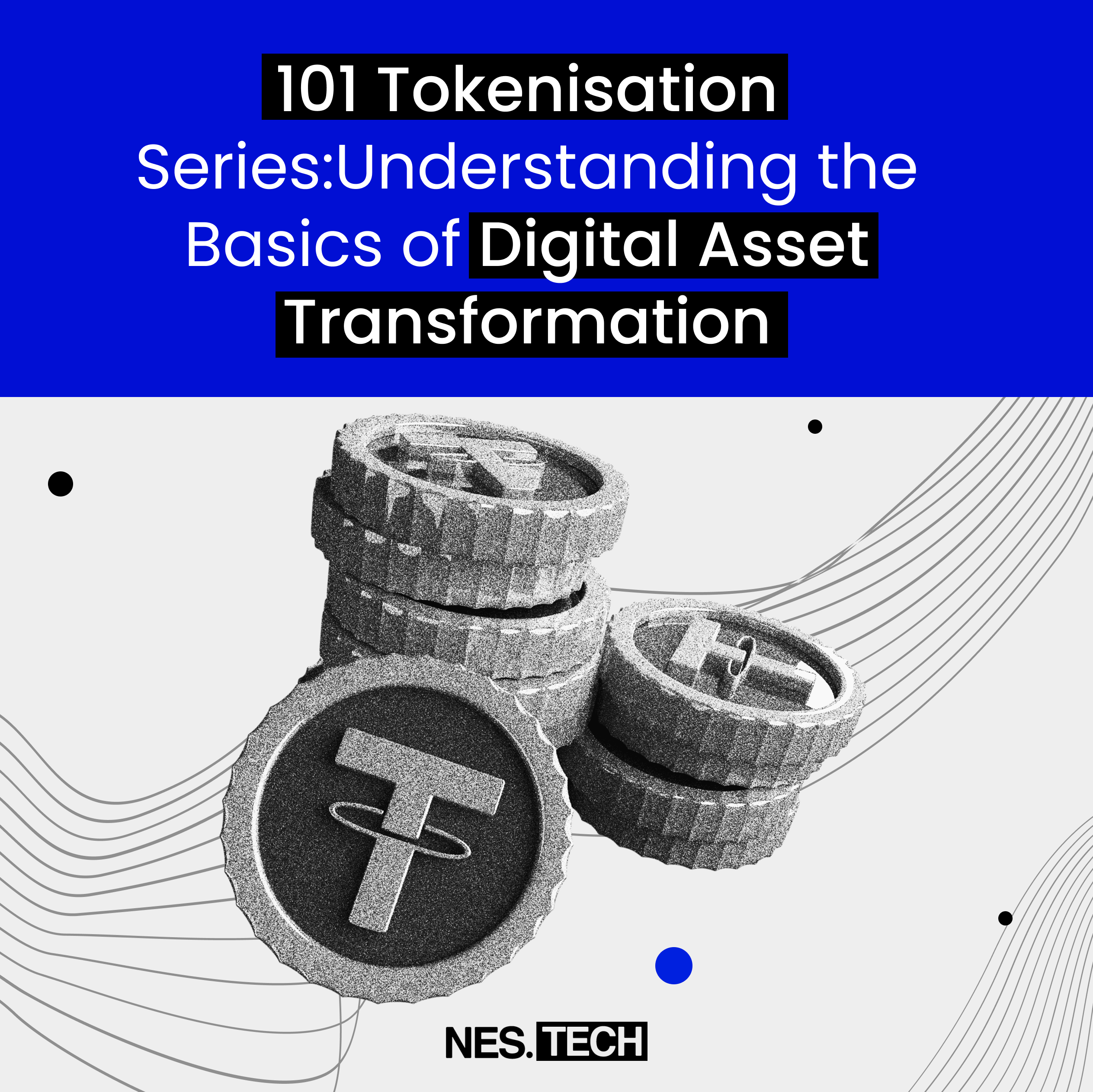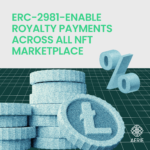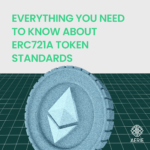Tokenization 101: The Basics Of Digital Asset Transformation

In the ever-evolving landscape of technology, there’s always a new buzzword making its way into conversations. Lately, the term “tokenization” has been stealing the spotlight, becoming the talk of the town among tech enthusiasts and industry experts alike.
So, what’s the hype all about, and how does it tie into the broader concept of Digital Asset Transformation? Let’s embark on a journey to demystify the process of Tokenization and get to the core of their significance.
What is the purpose of Tokenization?
Tokenization, in the simplest terms, is the process of converting real-world assets into digital tokens on a blockchain. Imagine it as turning your physical assets, like real estate or artwork, into a unique digital representation that can be easily traded, tracked, and managed.
Think of it like a concert ticket. When you purchase a ticket, it’s a physical representation of your right to attend the event. Now, picture that ticket as a digital token on a blockchain. The same principle applies — it represents ownership or access to something valuable, only in a digital and highly secure format.
This technology not only revolutionizes ownership and transaction processes but also brings unparalleled transparency and security. With transactions recorded on a decentralized ledger, the risk of fraud and manipulation diminishes significantly. It’s like having an incorruptible digital notary ensuring the authenticity of your assets.
Understanding the Basics of Digital Asset Transformation
Now that we’ve dipped our toes into the world of tokenization, let’s segue into the broader concept of Digital Asset Transformation (DAT). Digital Asset Transformation is more than just a tech buzzword; it’s a paradigm shift in how businesses handle and leverage their digital assets.
In the digital age, everything from documents and media files to customer data and intellectual property constitutes digital assets. Digital Asset Transformation involves reimagining how these assets are stored, managed, and utilized to drive business value. It’s the metamorphosis from traditional, siloed data management to a dynamic, interconnected, and agile approach.
1. Data Centralization and Accessibility
At the heart of Digital Asset Transformation lies the centralization of data. No more scattered files across different departments or the dreaded “file not found” scenario. Think of it as having a centralized library where everyone in your organization can access and contribute to a shared pool of digital assets.
This centralized repository not only enhances collaboration but also streamlines workflows. No more endless email chains or version control nightmares — everyone is on the same page, literally and figuratively.
2. Automation and Efficiency
Digital Asset Transformation brings with it the magic of automation. Repetitive tasks that once consumed hours of human effort can now be automated, freeing up valuable time for more strategic endeavors. Picture it as having a digital assistant that tirelessly handles mundane tasks, allowing your team to focus on innovation and problem-solving.
Whether it’s automating data entry, content distribution, or even customer interactions, the efficiency gains are monumental. Your business becomes a well-oiled machine, moving at the speed of digital innovation.
3. Adaptability and Scalability
In the digital realm, change is constant, and businesses need to be nimble to stay ahead. Digital Asset Transformationensures that your organization is not shackled by outdated technologies or rigid processes. It’s about adopting scalable solutions that can evolve with the ever-changing landscape.
Consider it akin to having a toolbox filled with versatile, modular tools. As your business grows and pivots, you can seamlessly adapt without the need for a complete overhaul. Whether it’s embracing new technologies, entering new markets, or responding to shifting customer demands, your digital assets become the building blocks of your adaptive strategy.
4. Enhanced Security and Compliance
Security is a non-negotiable aspect of the digital era, and Digital Asset Transformation addresses this head-on. By centralizing data and implementing robust security measures, businesses can fortify their defenses against cyber threats and unauthorized access.
Think of it as having a digital fortress with multiple layers of security — firewalls, encryption, access controls — guarding your valuable assets. This not only protects your business from potential breaches but also ensures compliance with industry regulations. It’s a win-win for both security-conscious businesses and their customers.
Conclusion :
In conclusion, the talk of the town might be about tokenization, but the real game-changer is the broader shift towards Digital Asset Transformation. It’s a holistic approach to redefining how businesses manage and leverage their digital assets, ushering in a new era of efficiency, security, and adaptability. The true power lies in the seamless integration of these technologies, propelling businesses into a future where digital assets are not just managed but strategically harnessed for success. Embrace the transformation, and watch your business soar in the digital skies!
FAQs About Tokenization:
Q1: What is the primary purpose of tokenization?
Tokenization primarily aims to convert physical or digital assets into easily tradable and accessible digital tokens, enhancing liquidity and efficiency.
Q2: Are there risks associated with tokenization?
While tokenization offers numerous benefits, it does come with challenges such as regulatory hurdles, security concerns, and the need for widespread understanding.
Q3: How can businesses implement tokenization?
Businesses can start by identifying assets suitable for tokenization, understanding the legal and regulatory landscape, and seeking guidance from experienced professionals in the field.
Q4: Can anyone invest in tokenized assets?
Yes, tokenization opens up investment opportunities to a broader audience, allowing individuals to invest in fractions of high-value assets.
Q5: What role does smart contracts play in tokenization?
Smart contracts, powered by blockchain, automate and enforce the terms of agreements, facilitating secure and transparent transactions in tokenization.









